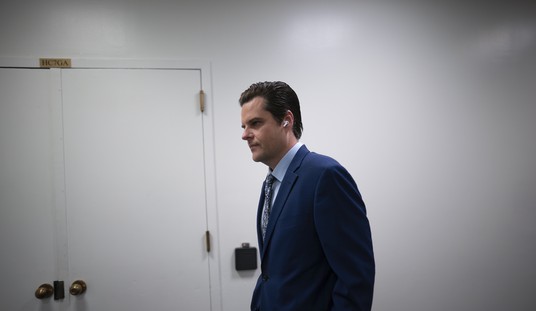States and localities are facing budget shortfalls and unemployment rates not seen since the recession of the early 1980s. How elected officials choose to solve their budget problems will determine whether economic growth and jobs return to a state or locality or whether residents decide to vote with their feet and move to greener pastures.
A recent National Foundation for American Policy study authored by Dean Stansel, an economics professor at Florida Gulf Coast University, explains the connection between tax policy and economic growth. The study found employment growth between 2000-2006 was 54 percent higher in the 50 metropolitan areas with the lowest tax burden than in the 50 highest-tax metro areas. (Tax burden was measured for state and local taxes as a percent of personal income in 1997 for all 381 metropolitan areas.) The research also showed personal income growth was 80 percent higher between 2000 and 2006 in the 50 areas with the lowest state and local tax burden than in the 50 highest-tax metro areas.

As the study notes, “The results suggest a clear negative relationship between state and local tax burdens and local economic growth.” Stansel found the tax burden was nearly 50 percent higher in the 50 highest-tax areas than in the 50 lowest tax areas (13.1 percent of income vs. 8.8 percent of income). “All else being equal, individuals will tend to flee high-tax areas and flock to low-tax areas,” said Professor Stansel. “That is another reason why we would expect areas with lower taxes to see higher growth of population, employment, and income.”
Recommended
The lessons locally can be seen nationally. The current Administration in Washington, D.C. is seeking to increase an assortment of taxes on everyone from entrepreneurs to the middle class in the form of increased income tax rates and more mandates, such as higher taxes on health insurance plans, medical devices and individuals who do not purchase insurance.
A simple rule to remember is if you make something more expensive, then you will likely get less of it. If success in business is taxed more, expect less risk-taking in the form of startup ventures. If labor is taxed more heavily and/or new employment costs are mandated on employers, then expect employers to hire fewer new workers than they would otherwise.
The key fallacy of the Bill Clinton years is that because President Clinton and Congress increased taxes in 1993 and the economy performed well throughout the 1990s, then that means the Clinton tax increases “caused” the economic prosperity. If that is true, then does that mean if taxes were raised even higher, such as to 90 percent of personal income, then the economy would have performed even better? Of course not. Did Michael Phelps win gold medals because he ate 12,000 calories a day worth of fatty foods or did he excel at the Olympics because he was a remarkable athlete who honed his skills to perform at a world-class level?
The credit for the good economy in the 1990s goes to entrepreneurs and other innovators and their employees, as well as the stable legal and investment framework in the United States that attracted capital during that decade. Simply because the 1993 Clinton tax increase did not harm the economy enough to prevent the entrepreneurial growth of the private sector that created the prosperity does not mean raising taxes is a prescription for better economic performance.
The U.S. Commerce Department’s revised figures for the fourth quarter of 1992 showed GDP (gross domestic product) increased at an annual rate of 4.7 percent. How could a tax increase that took effect several months after the economy was already growing be responsible for getting the economy back on track? The tax policy that deserves at least some of the credit for the economic performance of the 1990s was the 1997 cut in capital gains tax, which spurred growth and investment and helped bring about federal budget surpluses.
The National Foundation for American Policy study shows the United States is not just one large national economy but is made up of dozens or even hundreds of individual economies where growth in jobs, population and personal income are affected by state and local policies. Even a cursory look at recent state unemployment rates shows levels ranging from a low of 4.3 percent to a high of 15.2 percent. Taxes are not the only factor that affect job creation and where people choose to settle. But in an era when jobs, people and capital can move with seemingly lightening speed, elected officials are unwise to ignore the admonishment to keep taxes as low as possible.
This article was co-written by Stuart Anderson, Executive Director of the National Foundation for American policy.
























Join the conversation as a VIP Member